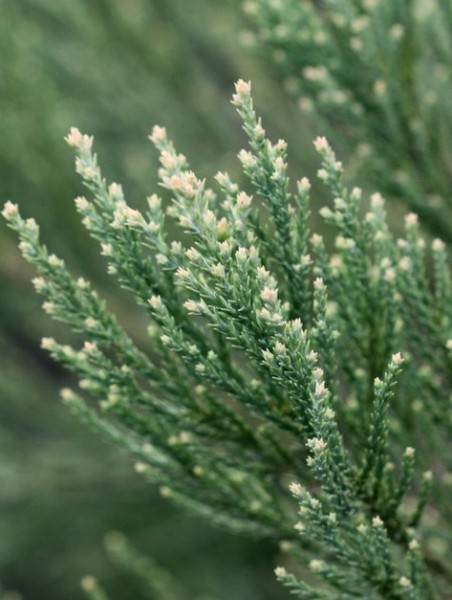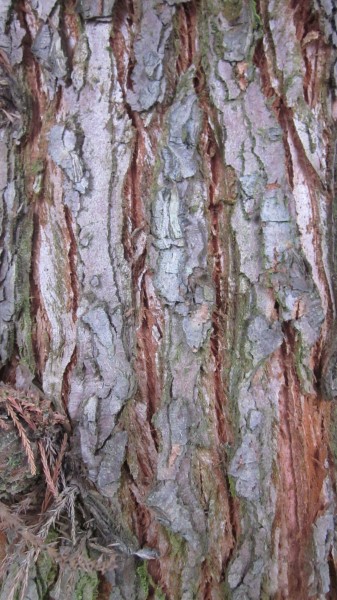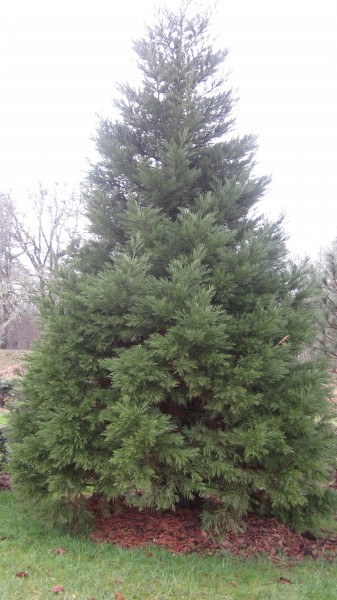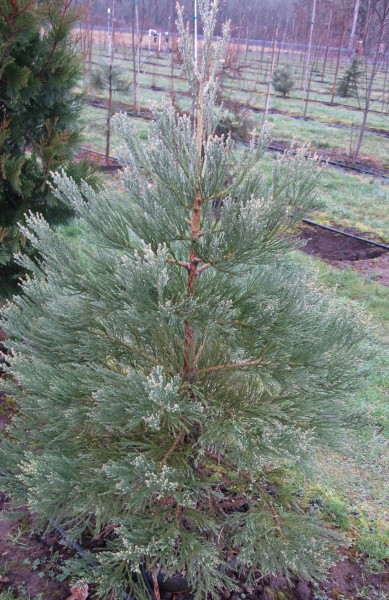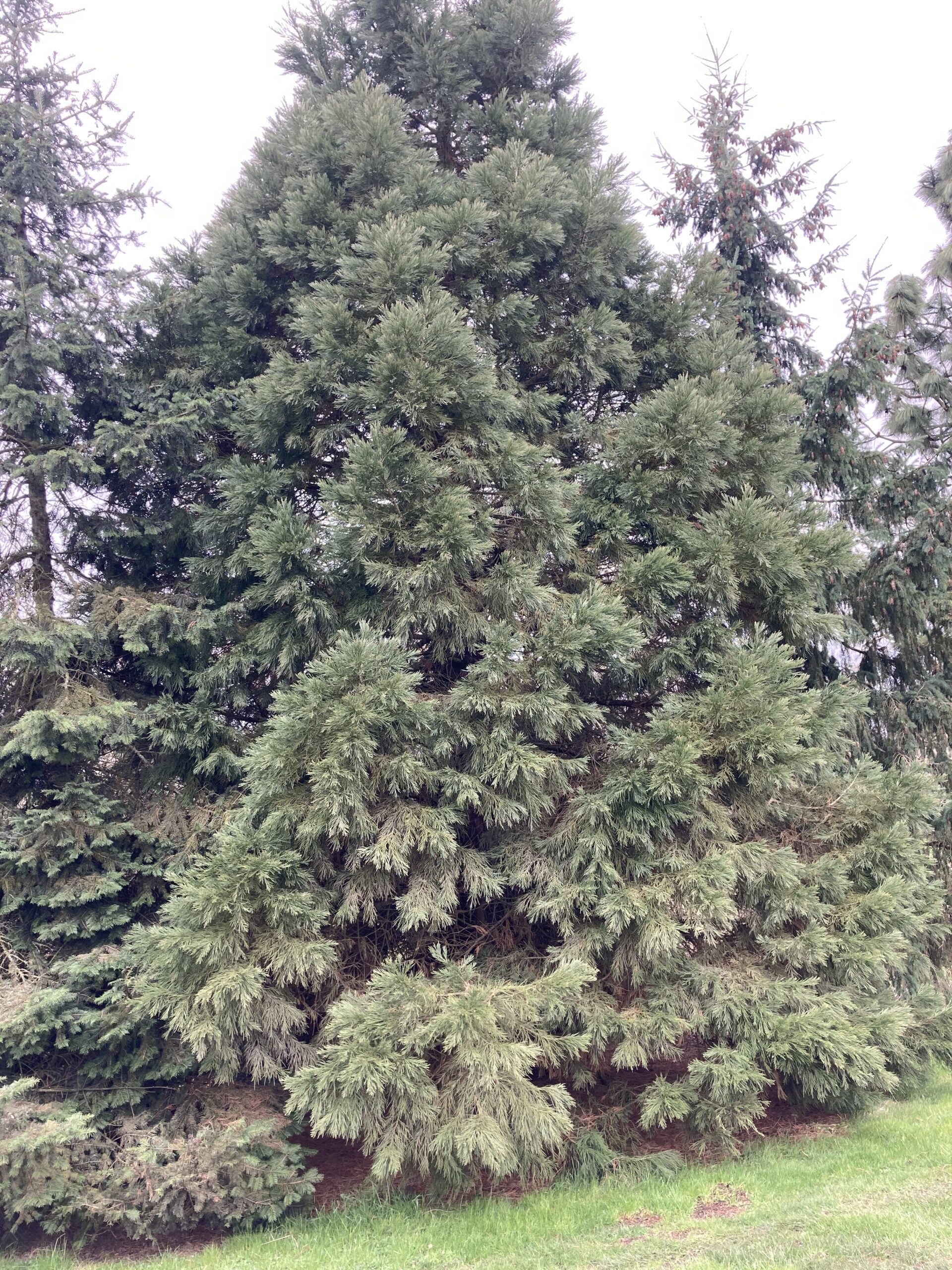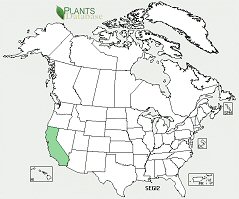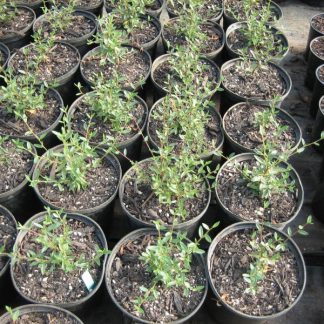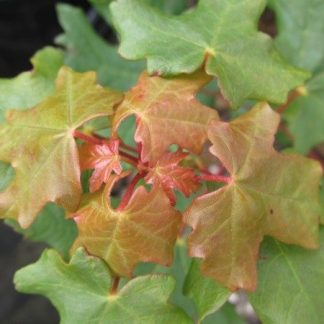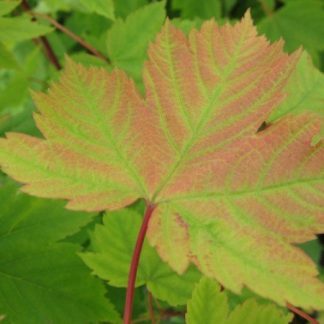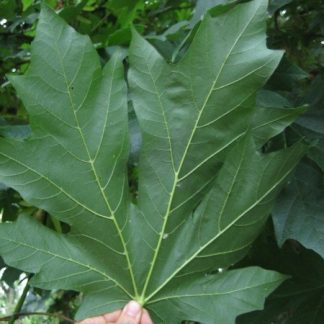Sequoiadendron giganteum
giant sequoia
Habit: giant sequoias are the world’s largest trees in terms of total volume. They are strikingly beautiful in nature as well as in cultivation. The crown is conic when young, narrowed and somewhat rounded in age, with branches generally horizontal to downward sweeping with upturned ends. The bark is reddish brown, fibrous, ridged and furrowed and may be 3 ft (90 cm) thick at the base of the trunk. The green to bluish green leaves are scale like and either held tightly or angled outwards depending on where they are found on the tree. Seed cones are egg shaped, woody, and 1.5-2.5 in (4-6 cm) long, maturing and opening in 2 years. Some cones remain green and closed for up to 20 years.
Ecology: found in the western foothills of the California Sierra Nevada Mountains, in mixed conifer forests or scattered groves, at elevations between 2,700-8,900 ft (825-2,700 m).
Growing Conditions: full sun to partial shade in deep, moist, nutrient rich, well-drained soil, does not tolerate coastal conditions.
Shelter and food source for birds and a variety of wildlife as well as cavity-nesters that use giant sequoia for nesting.
Specs
Evergreen Coniferous Tree
60-100 ft (18-30 m) in cultivation
6-20 ft (2-7 m) in cultivation
6

